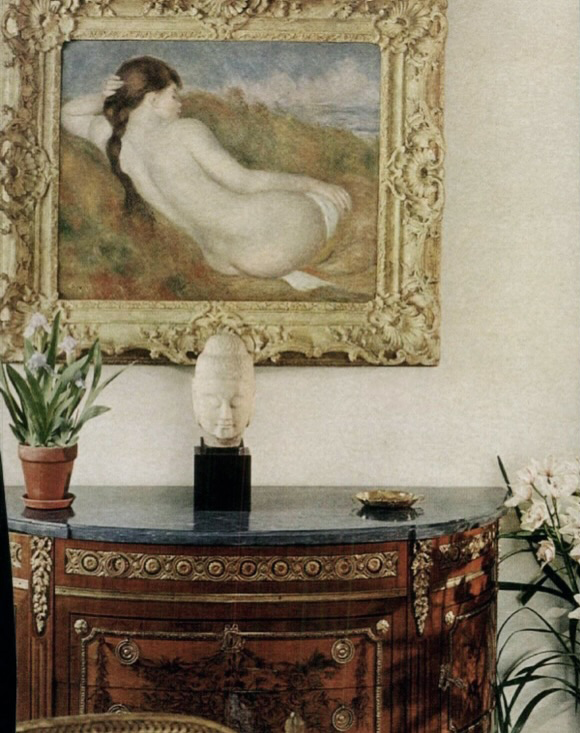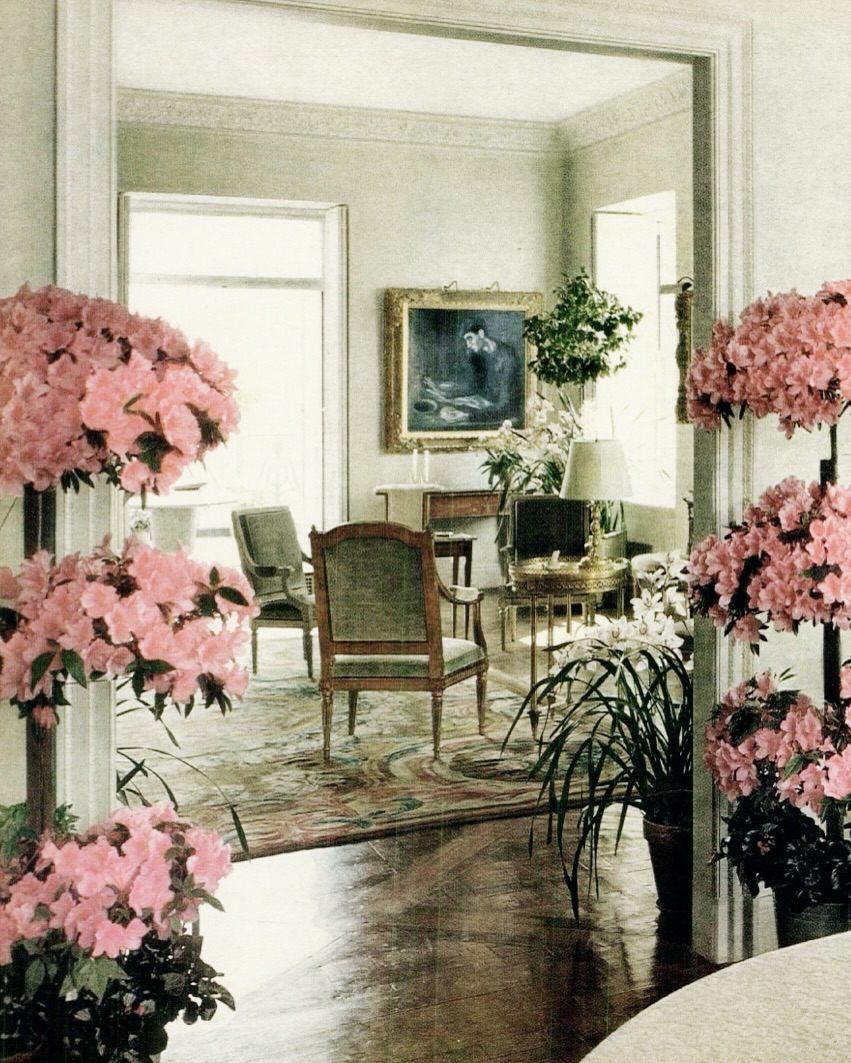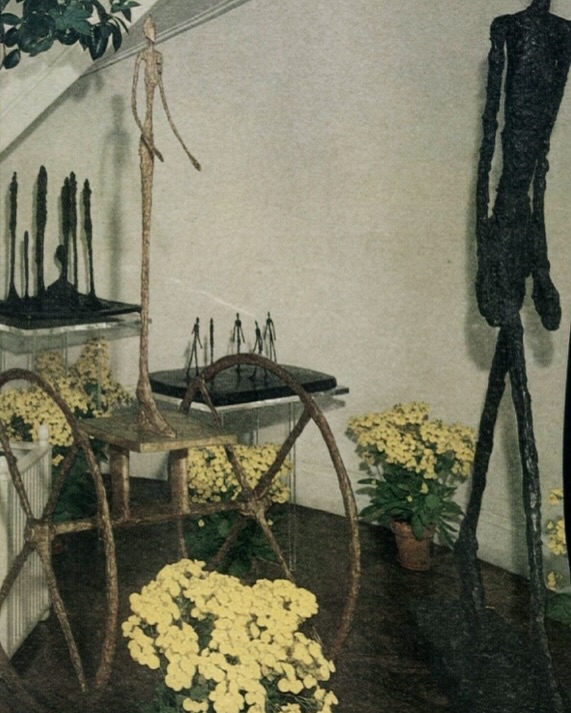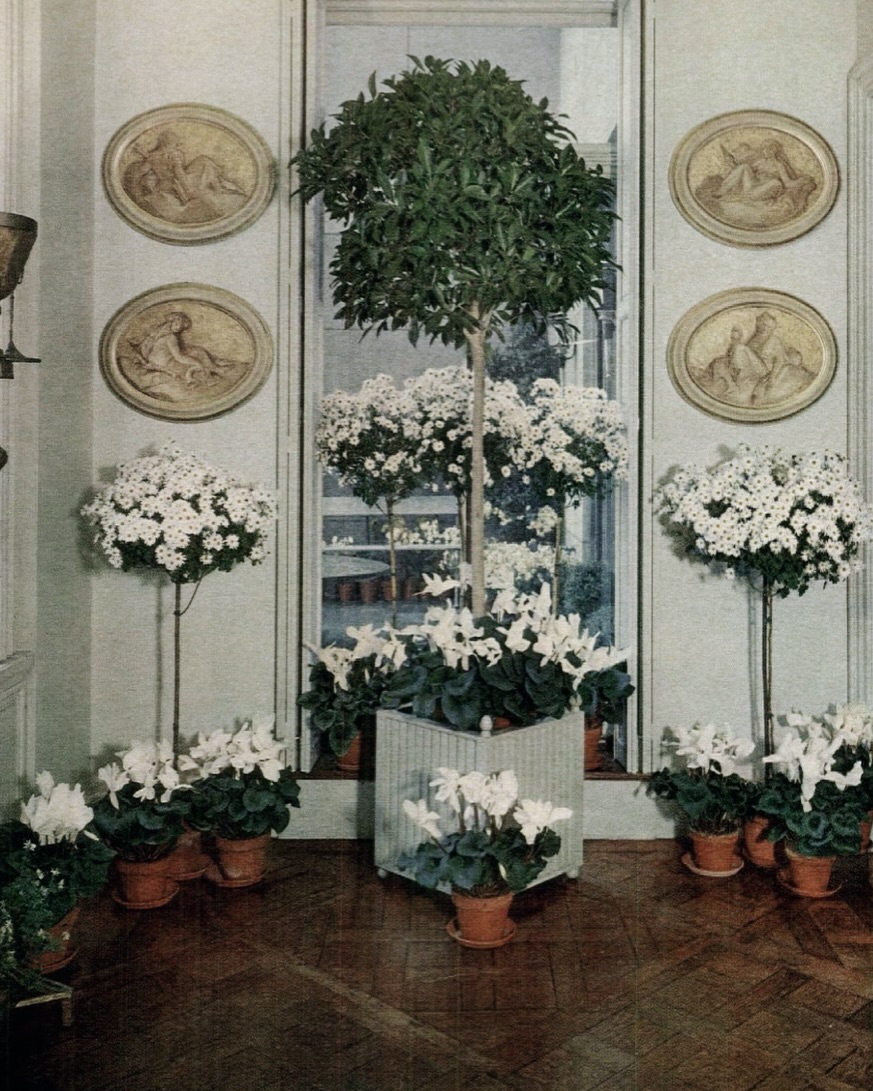The Collector: Enid A. Haupt
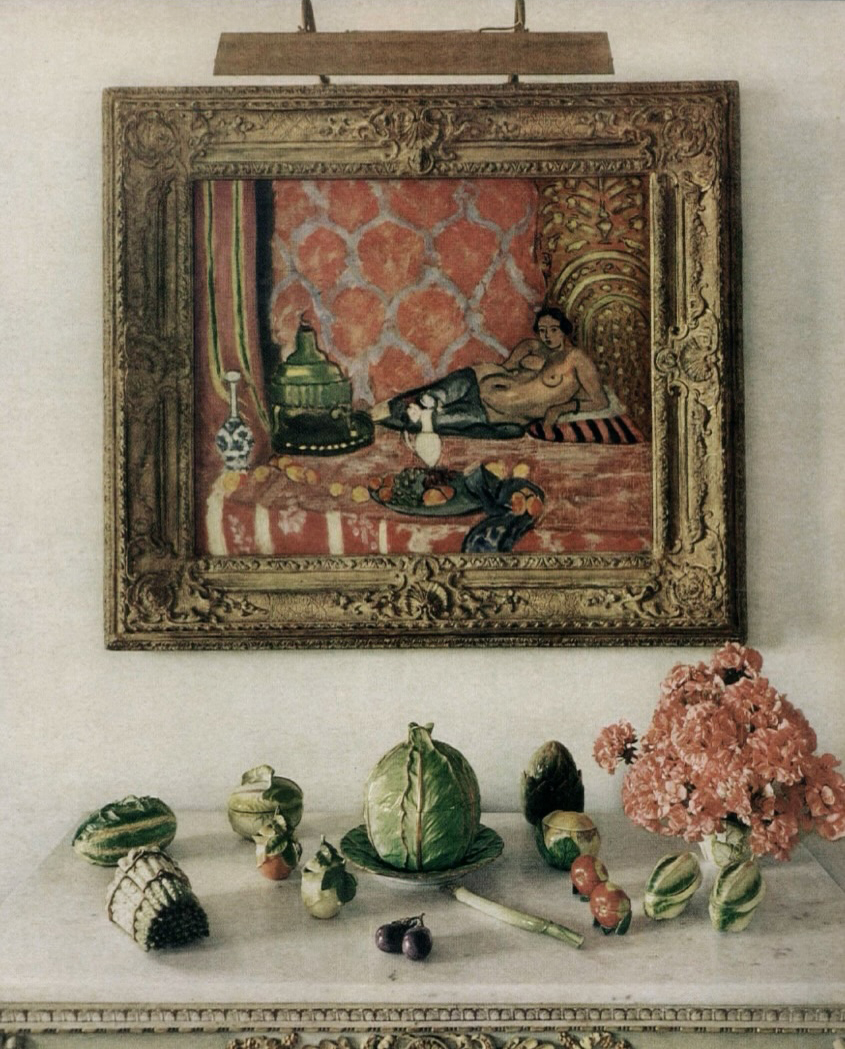
The Collector08.13.2025
Enid A. Haupt, a noted philanthropist and horticulturist, made her living spaces into still lifes.
The daughter of the publishing magnate Moses L. Annenberg, Haupt began collecting art in her teens. “I started with drawings by the old masters because I couldn't afford much until after the war,” she said. Haupt's collection mainly consisted of Impressionists, including Monet, Gauguin, Cézanne, Renoir and van Gogh; It also included works by 21st century artists like Giacometti, Moore, and Rothko, many of which were later gifted to the National Gallery of Art. Haupt also filled her homes with European furniture and decorative art, Chinese furniture and ceramics, 19th century porcelain and silver, and greenery. [1] “I also believe that paintings, like people, must be surrounded by living, growing things.” [2]
She spent 17 years as publisher, editor and editor-in-chief of teen rag “Seventeen” (which her family owned) and penned several etiquette books, which suggested that art exhibitions were one way to meet a beau: “When you see a nice looking boy at a museum, drop a casual remark in passing ‘What chiaroscuro!’ or ‘Picasso’s blue period, I believe.’” [3] Perhaps it was no coincidence that the first work that Haupt and her financier husband Ira purchased together was from this exact era.
As Philippe de Montebello, former director of the Metropolitan Museum of Art, recalled, Haupt made her first $10 donation to the institution in 1946; by the 1990s, she had donated works valued at $13 million to the museum. There were also gifts to the Smithsonian Institution in Washington; the New York Botanical Garden in the Bronx; the gardens at the Cloisters, the Met’s Washington Heights outpost; and the Memorial Sloan-Kettering Cancer Center in Manhattan, which she funded by selling 15 Impressionist paintings to her brother, Walter H. Annenberg.
Haupt’s Park Avenue apartment in the December 1970 issue of “House and Garden,” photos by William Grigsby.
SOURCES
[1] "For Enid Haupt, Art Serves Nature." Vogue, May 1973. https://archive.vogue.com/article/1973/05/01/two-masterful-ways-to-live-with-art-and-nature-for-enid-haupt-art-serves-nature
[2] "The Joy of Living With Flowers and Art." House and Garden, December 1970.
https://usmodernist.org/HG/HG-1970-12.pdf
[3] Nemy, Enid. "A Life of Editing, Collecting Art—and Eating Sandwiches in a Rolls‐Royce." The New York Times, November 11, 1970. https://www.nytimes.com/1970/11/11/archives/a-life-of-editing-collecting-art-and-eating-sandwiches-in-a.html
Image: “I pretend they’ve fallen out of the picture,” Haupt said of the porcelain vegetables she positioned in front of Henri Matisse’s “Odalisque with Gray Trousers” (1927).
